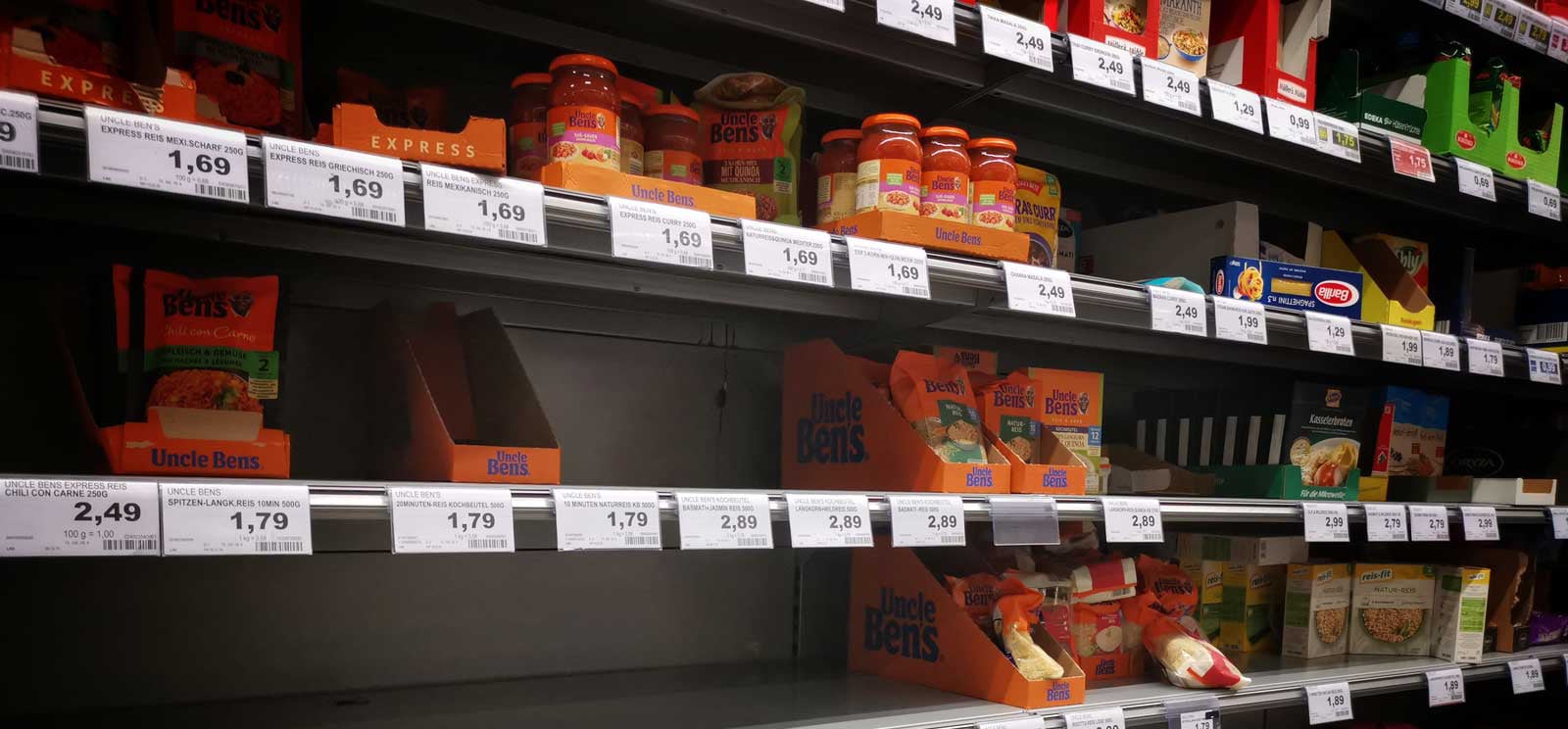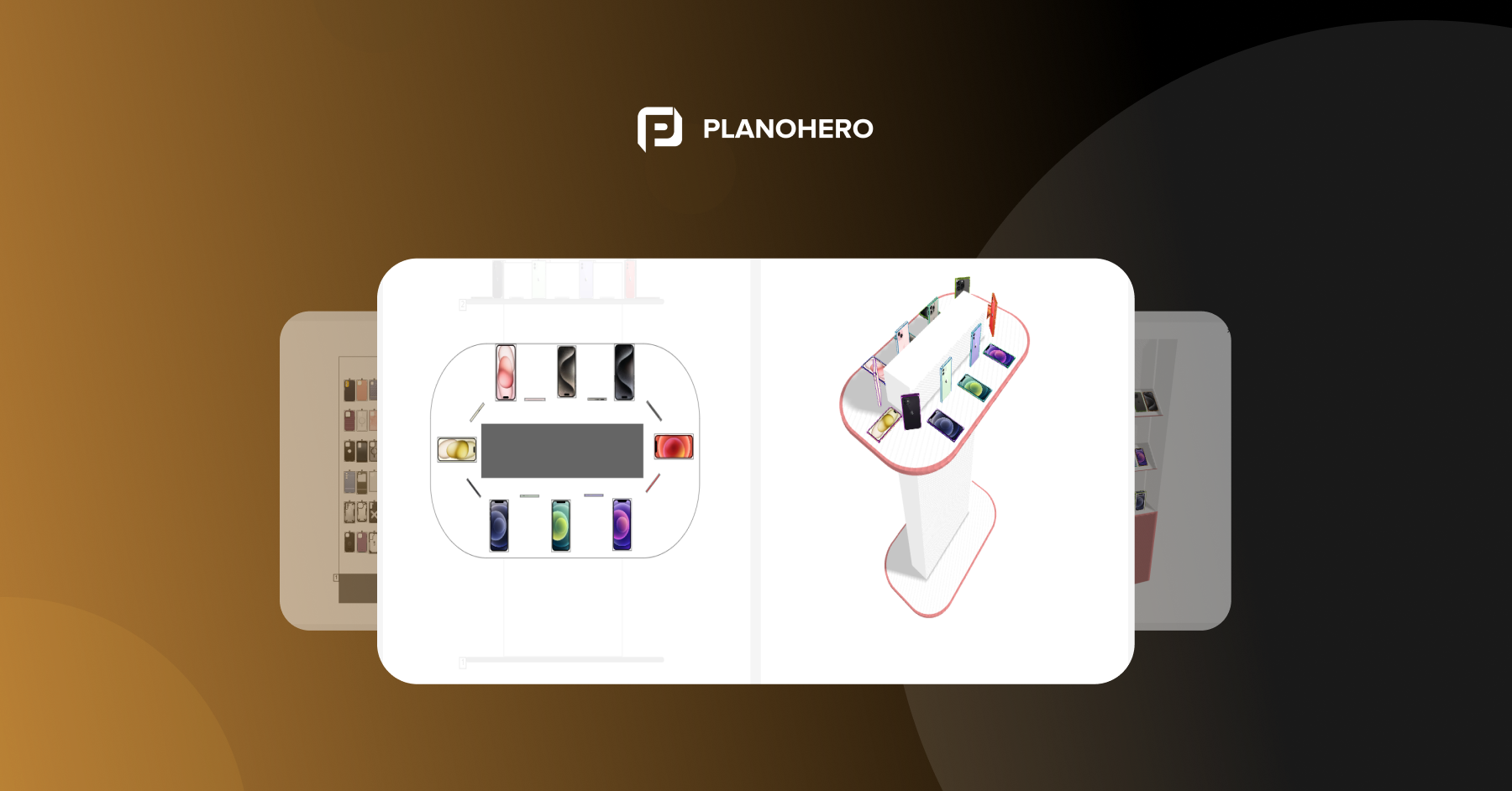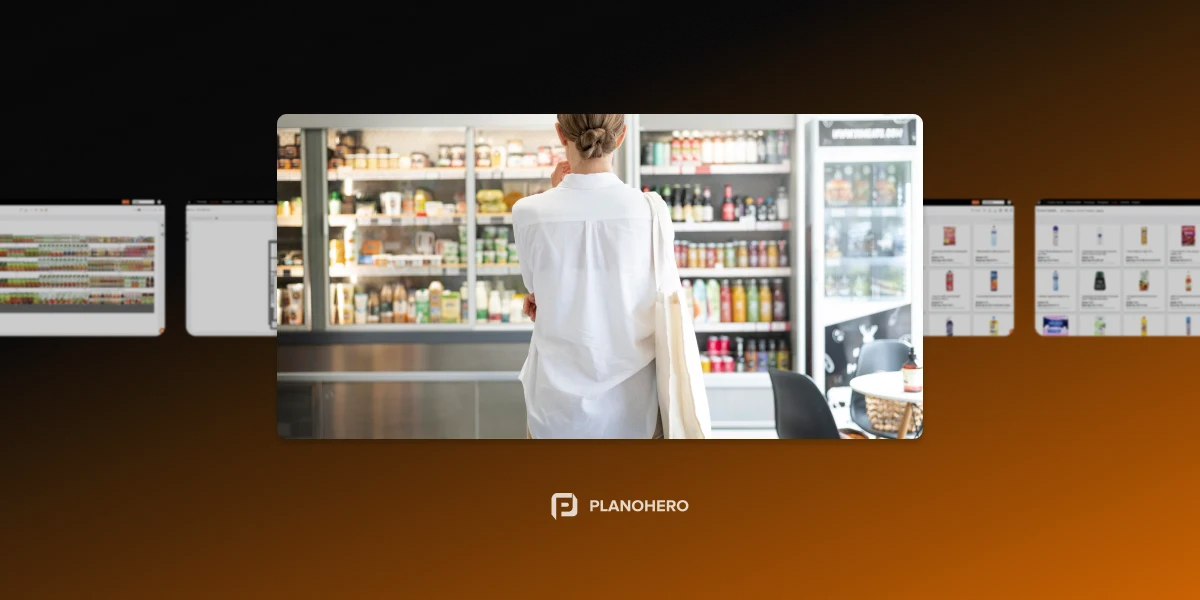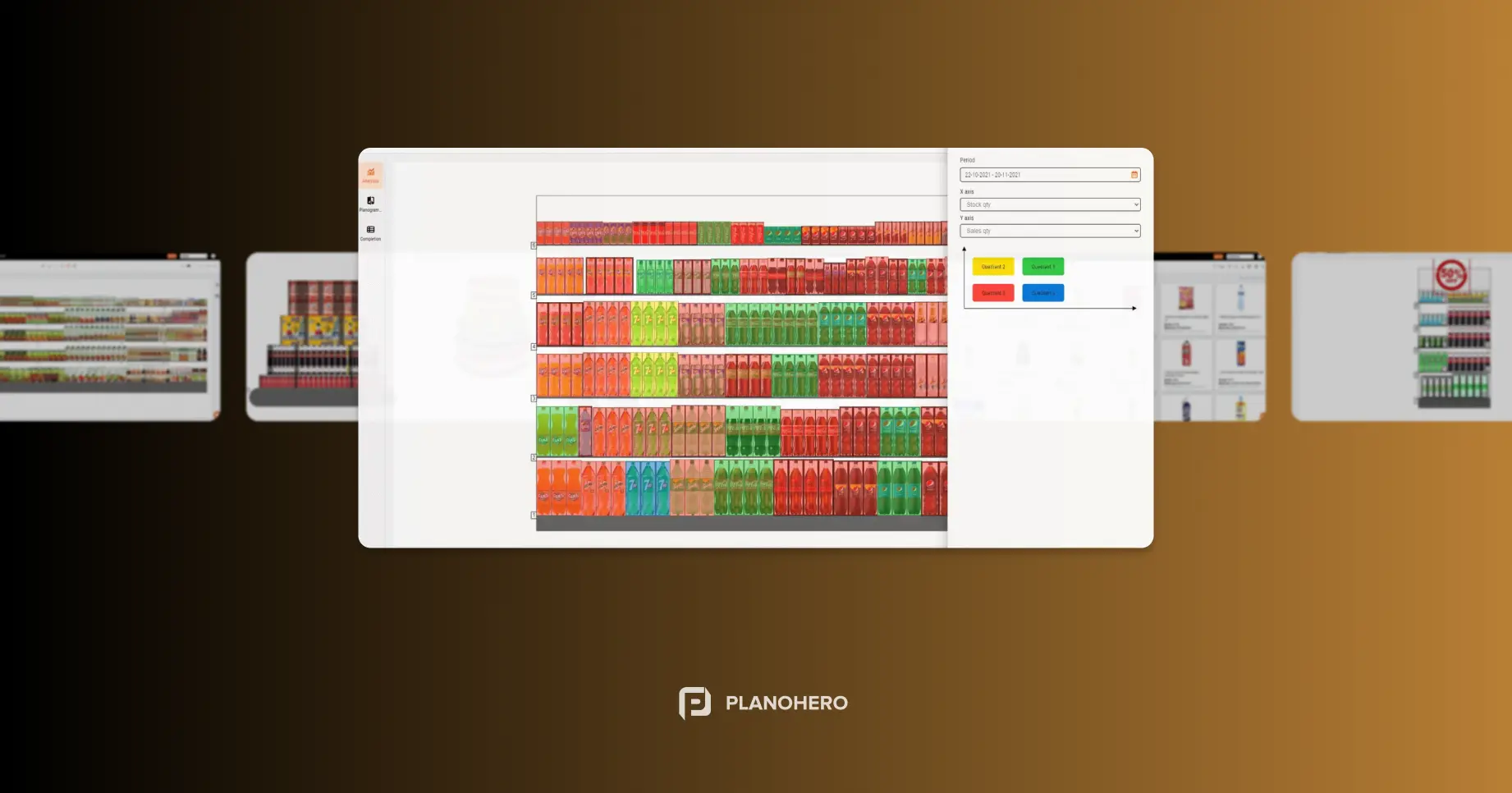Merchandising and Shortage of Goods in a War. How to Work with Layout?
The war is an unprecedented challenge not only for Ukrainian retailers but also for retailers in other countries that cooperate with Ukraine and depend on the goods exported/imported. The growth of the exchange rate affects the prices of suppliers and manufacturers. In addition to the daily rise in prices, there are problems with the supply chains of goods. And due to high demand for specific products, the supplier may simply run out of stock, resulting in empty shelves in stores.
What is happening now in retail?
- Product shortage.
- Daily rising prices.
- Changes in demand.
- Supply logistics issues
- Decrease in import.
- Labor market changes.
The war changes the customer's needs and behavior. People begin to stock up on goods, creating an artificial shortage of certain categories of goods. We recently observed how people bought up essential goods in Ukrainian stores: cereals, pasta, salt, sugar, medicines, and personal hygiene products. All this created a rush (demand for certain goods) and, as a result, a shortage of goods on the shelves.
At the same time, consumer preferences are also changing. Those brands that customers used to buy with pleasure have now either stopped buying or are pickier about the issue of making a purchase. If the buyer chooses a product, the buyer's demand for a brand, product, or service grows. Needs and purchases become more rational and customers are buying less. And the redistribution of family expenses is directed toward essential goods. People are more willing to buy goods from brands with a clear pro-Ukrainian position, which, from the first days of the war, donate to the Armed Forces of Ukraine or help people affected by the war.
Trying to stay afloat during the crisis, retail chains direct their efforts to find profitable suppliers, forgetting about merchandising. After all, it is not only a valuable resource for increasing profits. This is an opportunity to create an attractive and effective layout despite a shortage of goods.
In any case, in today's challenging business environment, retailers need to ensure they have stock on their shelves and understand how to properly manage shelf space.
Creating Layout on a Planogram
The planogram gives an understanding of how much in-store space can be used for placing goods. Shelving and product dimensions are taken into account when creating a planogram. Therefore, the merchandiser will be able to estimate how many items fit on the shelf, and how much more needs to be delivered.
Tip: Make your layout attractive to buyers, despite difficult times. Working with planograms becomes even more important because it determines whether the customer will see your product and whether he will make a purchase decision.
Service for Creating Planograms
PlanoHero service for planograms allows you to establish an effective process of creating a layout, taking into account the parameters of store fixtures and goods, pre-sales, and demand for goods in accordance with the strategy and agreements with suppliers/manufacturers.
PlanoHero is a cloud service for the automation of the planogramming process: from building a store layout and fixtures to creating planograms and monitoring their implementation.
When creating a planogram in the service, the algorithm calculates the shelf stock based on sales and automatically puts the goods on the shelf. It also makes it possible to group products by categories or brands, sort by cost or size, and take into account the “golden shelf”.
The merchandiser will be able to create an attractive layout by making brand blocks of goods on the planogram. Also, using the service, you can calculate the number of faces and place priority products with high demand with even more faces.
After all, each article (SKU) receives a face on the planogram in proportion to its share of sales. This minimizes the situation associated with the decrease in inventory, and also allows the retailer to receive a greater ROI (return on investment) per square meter.
Timely inventory rotation is important for a retailer. All this is taken into account and controlled in the planogramming process.
Price Tags
Shortage of goods and a constant struggle for a buyer affects business processes. It is extremely important to control price tags so as not to lose sales and customer loyalty.
The rule is simple: No price tags – no sales.
When prices rise every day, price tags must be up-to-date and consistent with the layout. Otherwise, a customer who discovers a mismatch in prices at the checkout may refuse to purchase and subsequently be unlikely to choose your store's next shopping.
FIFO
FIFO = First In First Out.
You need to label your food with the dates you store them, and put the older foods in front or on top so that you use them first. The items that hit the shelves first should sell first.
Work effectively with goods and displays. Control expiration dates and take expired goods from the shelves on time.
Out-Of-Stock Control
Control your shelf inventory to prevent lost sales. If the product is not on the shelves or in the warehouse, you need to find out why this happened and, mind all the reasons in the future.
For instance, you notice that at the end of every week the stock runs out and empty shelves appear. You analyze the situation and find out that people buy a particular category of goods just before or on the weekend. Here you need to prepare in advance, order the right amount of goods and prevent empty shelves. At the same time, investing in slow-moving goods that will lie in the warehouse is unacceptable. When you order goods, calculate the required quantity of goods, considering the capacity of the shelf. Analyze sales, order goods on time, and ensure that there are no empty spaces on the shelves.
As for the procurement of goods, order the top-selling goods in larger quantities, without expecting that it will be possible to order again.
Change in Assortment and Problems with Imported Goods
Find an import substitution. Good, local brands still remain in the country. Even in times of crisis, new manufacturers appear and are able to ensure the timely delivery of commodities to your stores.
In-Out Goods
It will be difficult to strictly comply with the planogram in a crisis. After all, there may be supply chain disruptions with any category of goods. You cannot prevent these issues, but it is your responsibility to analyze changes in demand and respond in time.
If the merchandiser understands that a product is in demand but does not know if there will be a delivery tomorrow, he reserves a place on the planogram. By analyzing the assortment, you can determine how much space on the shelf you need for such products. In addition, you can allocate a place on the planogram for single purchase goods. And thus, you do not have to change all the planograms when selling in-out goods.
In-out goods are those that were included in the assortment matrix of the store, but after a short time withdrawn from the assortment. These are seasonal items, test sales, and promotions.
Thus, a block for in-out goods is allocated on the planogram. Then, when rotating these products, you do not need to change the planogram. And the layout of these products will not affect the layout of products outside the in-out block.
Working with planograms allows the retail chain to fix the place for the needs of store visitors and understand the number of goods needed in the store.
Assortment Expansion:
- Enter new items.
- Increase the quantity of the in-demand product.
- Display weak positions, and replace them with new ones.
The PlanoHero service has functionality designed to work with the assortment matrix. It allows you to put new products on the shelves and remove inactive products from planograms in a few clicks. It also includes a report on inventory, product holes, and out-of-stock. By controlling the inventory, the merchandiser understands when to order goods.
All this allows us to provide a balanced assortment and easily manage all stocks in order to meet the needs of different consumers.
A well-designed range of goods and attractive layout increase the number of unplanned (impulse) purchases.
Cross Selling
One way to increase the average check without additional costs is to take care of cross-merchandising in the product layout. Cross-selling is the offering of additional products to customers. This is such a layout that motivates to continue the purchase process and causes the buyer to buy additional goods. Cross-merchandising increases sales and enhances customer loyalty as a result of a fulfilling and positive shopping experience. In addition, cross-selling helps to increase the visibility of low-demand products.
Layout Control
Setting up communication between the office and retail outlets is important not only in times of crisis. Now you need to be ready to adapt to changes in the market. Because the on-shelf availability depends on the speed of communication.
The merchandiser in the office must know how the layout on the shelves looks today and receive timely information about whether all the necessary goods are properly placed and whether there are empty spaces.
How does the whole planogramming process take place? The merchandiser creates a planogram and sends the layout via service to stores for execution. Using the PlanoHero Layout App, the store managers receive a notification of a new planogram and place the goods on the shelf in accordance with it. Afterward, they send photo reports to the office for verification.
The merchandiser in the central office sees the status of planogram implementation in the service and checks the correctness of the layout using photo reports.
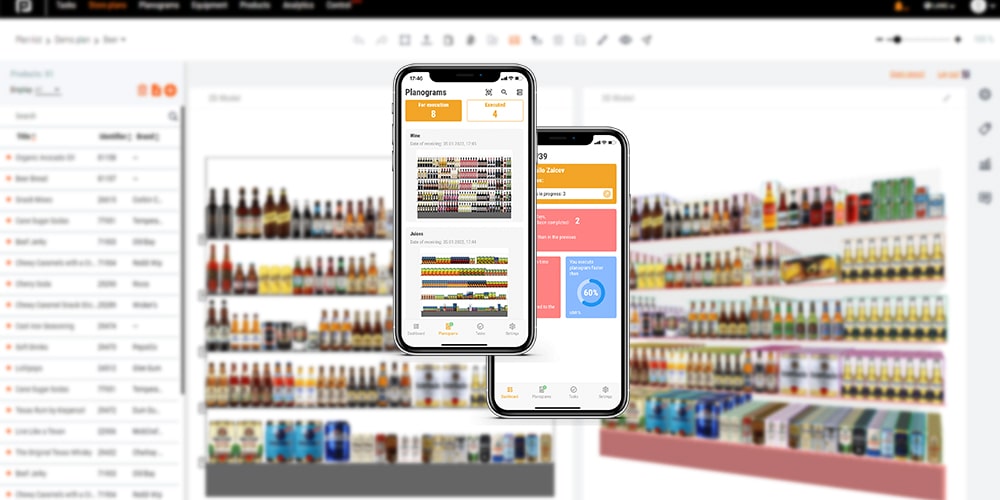
The PlanoHero service allows you to control the status of planograms, check photo reports, confirm completion, or resend the planogram to the store if errors are found.
Analytics
Analyze sales for each product on the planogram. Define best-selling items. Control layout efficiency with the help of the PlanoHero service. Here you can conduct ABC analysis, stock and surplus analysis, track customer flow, and study customer behavior for a better understanding of your business. Analytics results will show how effective the layout is in your store.
Conclusions
Merchandising increases the on-shelf availability of goods and helps increase sales even during a crisis. The main task of merchandising is to attract the buyer's attention to the goods, to influence their behavior and decision-making.
A planogram is one of the best merchandising tools for presenting goods to customers and effectively placing goods in the store. If you are not using a solution to automate the planogramming process, perhaps it's time to start. Having optimized the planogram process, the retailer can adjust any parameters and apply these settings en masse to hundreds and thousands of planograms. Thus, this is not only a time saving, but also a tangible cost saving, allowing you to redirect time and effort to more important tasks.
Looking for a service to create planograms?
Try a free demo version of PlanoHero
